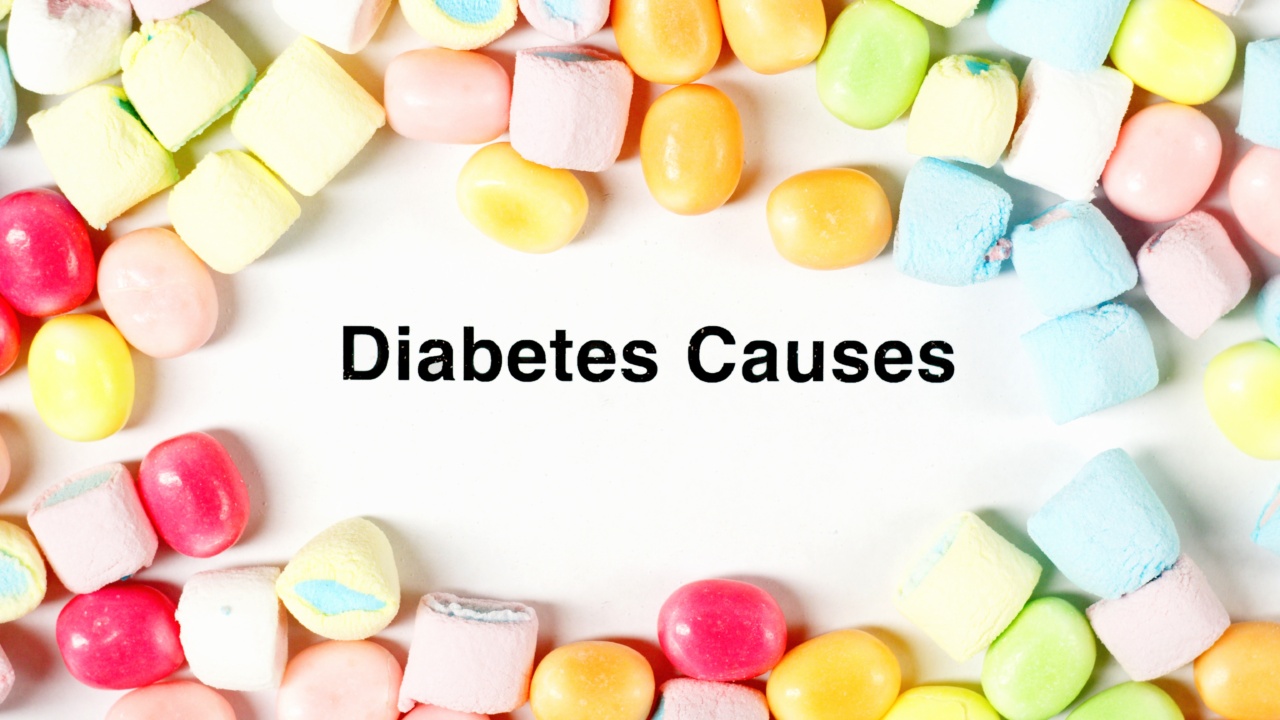World Condom Day is an annual event celebrated on February 13th, just a day before Valentine’s Day. It serves as a reminder of the importance of safe and responsible sexual practices.
While condoms are highly effective in preventing sexually transmitted infections (STIs) and unintended pregnancies, there are still common mistakes that people make when using them. In this article, we will discuss these mistakes to help you ensure that you are using condoms correctly and effectively.
1. Not Checking Expiration Dates
Just like any other consumer product, condoms have an expiration date. It is vital to check the expiration date before using a condom. Expired condoms may not provide the same level of protection against STIs and unintended pregnancies.
Always double-check the date, especially if you’ve had a condom for a while or found one hidden away in your drawer.
2. Not Using Condoms from Start to Finish
The proper use of condoms involves wearing them from start to finish. Some individuals make the mistake of putting on a condom after sexual contact has already begun or removing it before ejaculation.
This significantly increases the risk of STIs and unintended pregnancies. Condoms should be put on before any genital contact and should remain on until after ejaculation. It’s crucial to follow this rule every time you engage in sexual activity.
3. Not Properly Storing Condoms
Keeping condoms in the right conditions is essential for their effectiveness. Avoid storing condoms in places that are subject to extreme temperatures, such as your wallet, glove compartment, or bathroom cabinet.
Heat and moisture can weaken the material and increase the chances of breakage. Instead, store your condoms in a cool, dry place, such as a bedroom drawer or nightstand.
4. Not Using Lubrication
Some people make the mistake of assuming that lubrication is unnecessary when using condoms. However, not using enough lubricant can cause friction, leading to discomfort, irritation, and even condom breakage.
It is critical to use a water or silicone-based lubricant to ensure smooth and safe sexual activity. However, avoid using oil-based lubricants like petroleum jelly, as they can weaken the condom and increase the risk of breakage.
5. Not Checking for Damage
Before using a condom, make sure to check for any signs of damage or defects, such as holes, tears, or brittleness. This is especially important when opening individual condom wrappers, as nails or sharp objects can accidentally puncture the condom.
If you notice any damages, discard the condom and use a new one. Using a compromised condom significantly reduces its effectiveness in preventing STIs and unintended pregnancies.
6. Not Using the Right Size
Choosing the right condom size is crucial for a comfortable and secure fit. Using a condom that is too tight or too loose increases the chances of breakage or slippage.
Take the time to measure yourself or your partner’s penis to determine the appropriate condom size. There are various sizes available in the market, so finding the right fit is important for both pleasure and protection.
7. Not Using Condoms for Every Sexual Encounter
Consistency is key when it comes to condom use. Some individuals make the mistake of using condoms only occasionally or when they think it is necessary. However, this puts them at risk of STIs and unintended pregnancies.
It is essential to use condoms consistently and correctly for every sexual encounter, regardless of the partner’s history or current contraceptive methods being used.
8. Not Communicating with Your Partner
Effective communication with your partner about condom use is crucial. Some people may feel uncomfortable discussing condom use, assuming their partner is not at risk or might be offended.
However, open and honest communication about sexual health and protection is vital for both partners’ well-being. It ensures that both parties understand the importance of condom use and can address any concerns or questions.
9. Not Being Mindful of Allergies
Some individuals have latex or other material allergies that can cause discomfort or allergic reactions when using condoms. If you or your partner have known allergies, it is important to choose condoms that are suitable for your needs.
There are non-latex alternatives available, such as polyurethane or polyisoprene condoms. Be sure to read the label and look for condoms labeled as suitable for people with latex allergies.
10. Not Considering Dual Protection
While condoms are highly effective in preventing STIs and unintended pregnancies, using dual protection is even more reliable.
Combining condoms with another form of contraception, such as hormonal birth control or an intrauterine device (IUD), provides an extra layer of protection. This approach is especially crucial for individuals who are not in a mutually monogamous relationship or want to prevent both STIs and unintended pregnancies.


























